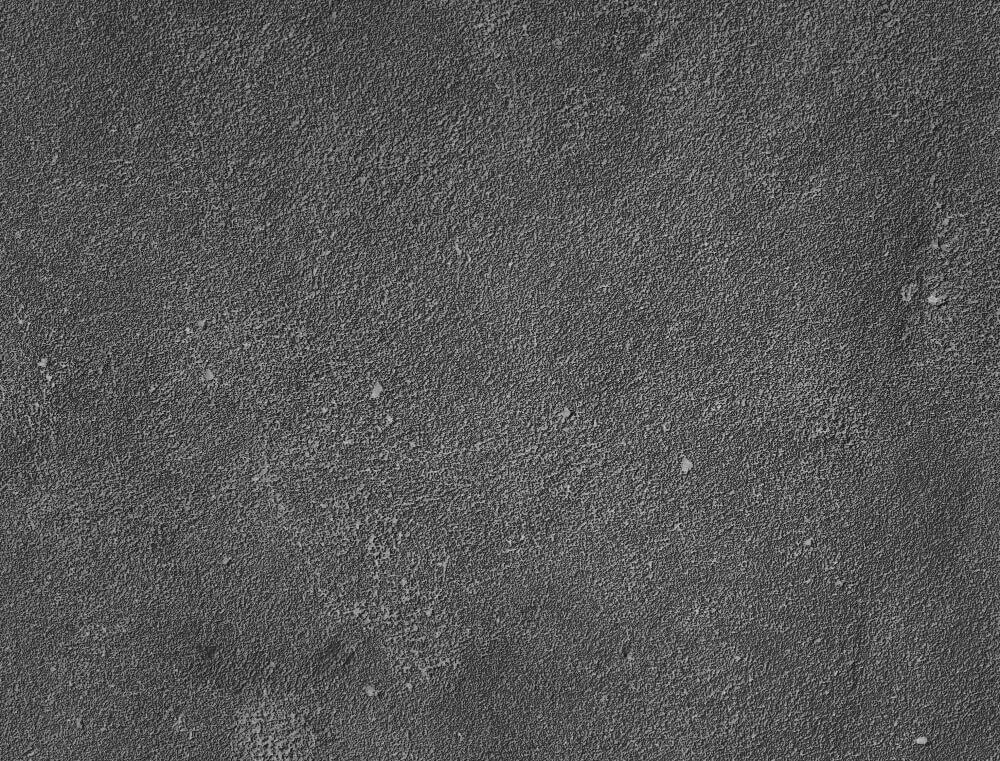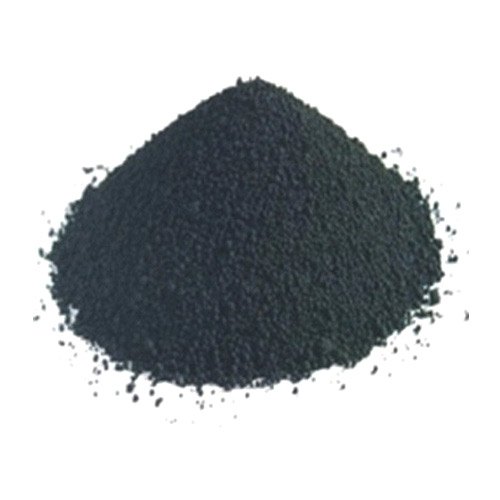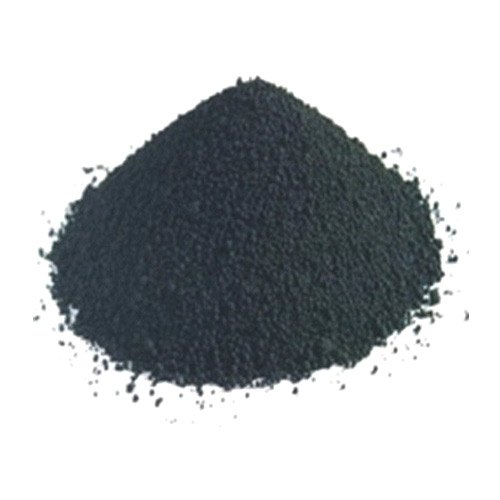At Globe Carbon Industries, we take pride in offering top-notch graphite cement, a cutting-edge material that brings durability and performance to a variety of applications. If you’re wondering what graphite cement is and how it can revolutionize your projects, you’re in the right place.
Graphite cement, at its core, is a specialized construction material formulated by incorporating graphite particles into a cementitious matrix. The amalgamation of graphite, a form of carbon known for its exceptional thermal conductivity and structural stability, with cement creates a compound that exhibits enhanced mechanical, thermal, and electrical properties. This makes graphite cement an ideal choice for applications where traditional cement falls short.
Uses of Graphite Cement:
- High-Temperature Applications: Graphite cement finds extensive use in applications requiring resistance to high temperatures. Industries such as metallurgy, aerospace, and glass manufacturing leverage its unique thermal properties to withstand extreme heat conditions. It acts as a reliable insulator, protecting structures from thermal stress and ensuring longevity in challenging environments.
- Electrical Conductivity: The excellent electrical conductivity of graphite makes the cement an indispensable component in electrical and electronic applications. Graphite cement is often employed in the construction of electrodes, circuit boards, and other components where electrical conductivity is paramount. Its ability to facilitate efficient electron flow contributes to the overall performance and reliability of electronic devices.
- Structural Reinforcement: The addition of graphite to cement enhances its structural integrity, making it a preferred choice for construction projects. Whether used in the creation of buildings, bridges, or other infrastructure, graphite cement provides durability and strength, contributing to the longevity of structures in diverse settings.
- Chemical Resistance: Graphite cement exhibits remarkable resistance to various chemicals, making it suitable for applications in industries dealing with corrosive substances. This feature ensures that structures and components remain intact and functional even when exposed to harsh chemical environments.
Preparation of Graphite Cement:
The preparation of graphite cement involves a meticulous process to ensure the optimal integration of graphite into the cement matrix. Here’s an overview of the key steps:
- Selection of High-Quality Materials: Globe Carbon Industries starts the process by carefully selecting high-quality graphite and cement raw materials. The success of graphite cement relies on the purity and consistency of these components.
- Proportionate Mixing: Accurate proportions are critical in achieving the desired properties of the final product. The selected graphite and cement are mixed in precise ratios using state-of-the-art equipment to ensure homogeneity.
- Addition of Additives: To enhance specific properties of the graphite cement, additives may be introduced during the mixing stage. These additives can improve workability, setting time, and overall performance.
- Thorough Mixing and Quality Control: The mixture undergoes thorough mixing to guarantee uniform distribution of graphite particles. Quality control measures are implemented at every stage to monitor consistency and identify any deviations.
Curing of Graphite Cement:
Curing is a critical phase in the utilization of graphite cement, influencing the material’s final properties and performance. The curing process involves controlled conditions to allow the cement to set and attain its optimum strength. Here is a detailed look at the curing process:
- Initial Setting: Immediately after application, graphite cement undergoes an initial setting phase. During this period, the cement starts to harden and gain structural integrity. The duration of the initial setting varies depending on factors such as ambient temperature and humidity.
- Moist Curing: To ensure the development of optimal strength, graphite cement often undergoes a moist curing process. This involves maintaining a controlled level of moisture around the cement, either through wet coverings or periodic watering. Moist curing is vital for preventing premature drying and promoting complete hydration of the cement.
- Heat Curing: In certain applications, heat curing is employed to expedite the setting and hardening of graphite cement. This process involves subjecting the cement to elevated temperatures for a specified duration, accelerating the chemical reactions responsible for the solidification of the material.
- Final Inspection: After the curing process is complete, a final inspection is conducted to assess the quality and performance of the graphite cement. This includes evaluating factors such as compressive strength, thermal conductivity, and electrical resistance to ensure compliance with industry standards.
Choose Globe Carbon Industries for your graphite cement needs and experience the innovation that drives progress in construction and industrial applications. Contact us today to learn more about our products and how they can elevate your projects to new heights.



